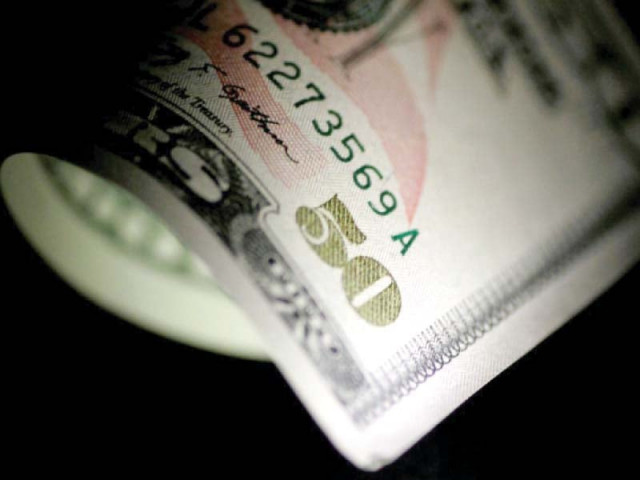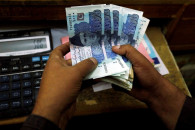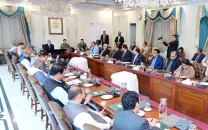Exchange rate and price mechanism
Currency rate provides main channel that fuels inflation in country

The foreign exchange reserves maintained by the State Bank of Pakistan (SBP) have been declining since August 2021 and touched around $8 billion in the last week of September 2022.
Consumption-led boom has consumed these reserves in a short period of time. The lesson of history is that the consumption-led boom consumes the foreign exchange reserves quickly and creates balance of payments (BOP) problems.
When a country faces BOP problems, either the dwindling of foreign exchange reserves takes place or the rupee devalues. Under these set of conditions, recourse to the International Monetary Fund (IMF) becomes a reality.
Media commentators, analysts and economists are criticising the fixed exchange rate regime followed by Pakistan from 2013 to 2017. They are of the opinion that the fixed rate is a prelude to an overvalued exchange rate, which makes export uncompetitive.
In addition, imports become cheaper, which increases the trade deficit. Similarly, capital inflows also fueled consumption and gave rise to the debt pile-up.
In the presence of mediocre export growth and low level of foreign direct investment, the country faced BOP problems. This is a usual narration by invoking the role of price mechanism.
Turning to the other story from 2018 to 2022 where the government followed a market-based exchange rate. The rupee-dollar parity changed from 122 to 180 during this period. Supporters claimed that the country experienced a decent export growth by ignoring the outsmarted growth of imports. The fast growth of imports is a manifestation of the consumption-led boom, which ultimately bursts into BOP problems. However, the rupee went into a free fall and the rupee-dollar parity became 240 in a short span of time. This is very unusual in the history of Pakistan where the currency plummeted in a short span of time.
The current currency crisis manifests how market forces operate in a developing economy, like Pakistan, which is in the grip of political turmoil and where foreign exchange reserves are on the downhill.
Policymakers are negotiating with the IMF, which is demanding strict prior actions such as a large upward adjustment in the electricity and petroleum prices. In addition, the country is import-dependent requiring dollars. There is a pent-up demand for dollars from the neighbouring country.
In the presence of these factors, where the demand for dollars is excessive as compared to their supply, there is a shortage of dollars in the economy. The speculation becomes rife in the currency market where speculators act to ruin the currency. Should we say then this is a market? Let it operate freely.
If we notice carefully, the above tension is between the fixed exchange rate vs the flexible exchange rate.
In the fixed exchange rate regime, the inflation rate was low in the country while the international interest rates also remained low.
In the flexible exchange rate regime, the inflation rate remained high and the international interest rates started to increase in the first quarter of 2022.
However, the experiment of the flexible exchange rate regime is a new one in the history of Pakistan. As far as the case of industrial capitalists is concerned, they will favour the fixed exchange rate while the financial capitalists will tilt in favour of the flexible one.
In a nutshell, the exchange rate will provide the main channel to fuel inflation in a developing economy like Pakistan. The price mechanism does not work as it works in the developed countries. The adjustment process is slow owing to the less mobile factors and the structural rigidities. Supply is bound to adjust slowly.
Hence, there is a need to focus on the structural rigidities while devising any development policy. Mere focus on the price mechanism will not yield results.
The writer is the Assistant Professor of Economics at SDSB, Lahore University of Management Sciences (LUMS)
Published in The Express Tribune, October 17th, 2022.
Like Business on Facebook, follow @TribuneBiz on Twitter to stay informed and join in the conversation.


















COMMENTS
Comments are moderated and generally will be posted if they are on-topic and not abusive.
For more information, please see our Comments FAQ